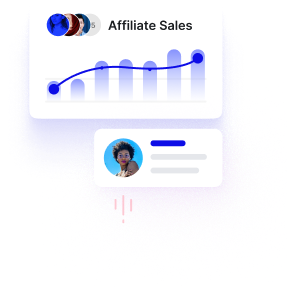Upfluence is a comprehensive influencer marketing platform that offers brands like Bose the tools to track and analyze various statistics related to their influencer campaigns. Through its robust analytics capabilities, Upfluence enables brands to gather detailed insights from their campaigns, as evidenced by Bose’s performance metrics highlighted above. Let’s explore how Upfluence can aid Bose in tracking and analyzing influencer statistics, and how the brand can leverage these insights to enhance its marketing strategy.
Tracking and Analyzing Influencer Statistics
Upfluence utilizes advanced algorithms and data analytics to monitor diverse metrics related to influencer marketing campaigns. The software allows brands to track engagement metrics, including likes, comments, shares, and overall engagement rates. For Bose, this is exemplified through the reported engagement rate of 0.00829. Additionally, Upfluence can analyze demographic breakdowns, such as the gender percentages of contributors. In Bose’s case, 75% of their engaged creators were female, suggesting a potential market preference.
Moreover, Upfluence can categorize media types used in campaigns—like carousels, images, and reels—and enable brands to understand which formats yield the highest engagement. In Bose’s campaign, reels were significant, accounting for over 52% of posts. With this data, brands can adjust their content strategy based on performance and audience engagement, ensuring a more effective reach.
The platform also provides insights into geographical performance. For Bose, countries like Italy and the United States showed distinct engagement rates (2.14% and 1.27% respectively), enabling targeting and audience segmentation that is more refined for different markets.
Enhancing Influencer Marketing Strategy
After analyzing these influencer statistics, Bose can refine its influencer marketing strategy leveraging Upfluence’s functionalities. First and foremost, by identifying the top-performing creators—like ‘nobookmark_noproblem’ and ‘cutiealbi’—Bose can collaborate more closely with these individuals until they cultivate deeper partnerships. This accentuates the importance of creator-audience alignment, increasing campaign relevance and effectiveness.
To improve engagement, Bose could employ A/B testing using varied media types to optimize content delivery. With a high percentage of reel posts generating engagement, the brand should consider emphasizing this format while testing carousels and images. Upfluence can help track how the shift impacts user interaction, thereby providing robust insights for content strategy enhancement.
Additionally, by knowing where engagement is best—like in Italy—Bose can tailor content and promotional efforts specifically for those regions. They could leverage local influencers to create targeted campaigns that resonate with regional cultures and preferences, ensuring that messaging feels localized and relatable.
Furthermore, Bose should actively explore the interests of their audiences in different countries. With diverse geographical representation among creators, Upfluence indicates the potential for Bose to customize campaigns according to local trends and consumer interests, further driving engagement.
Lastly, to build community and brand loyalty, Bose can evaluate the gender dynamics from their engaged creators. The significant female representation suggests potential strategies that resonate with female audiences. This insight can shape future campaigns to engage and appeal specifically to this demographic, enhancing brand affinity systematically.
In conclusion, Upfluence provides Bose with a powerful toolkit to track, analyze, and adapt its influencer campaigns. By leveraging these insights, Bose has the opportunity to refine its marketing strategies, optimize engagement, and elicit robust growth through targeted and effective influencer partnerships.






